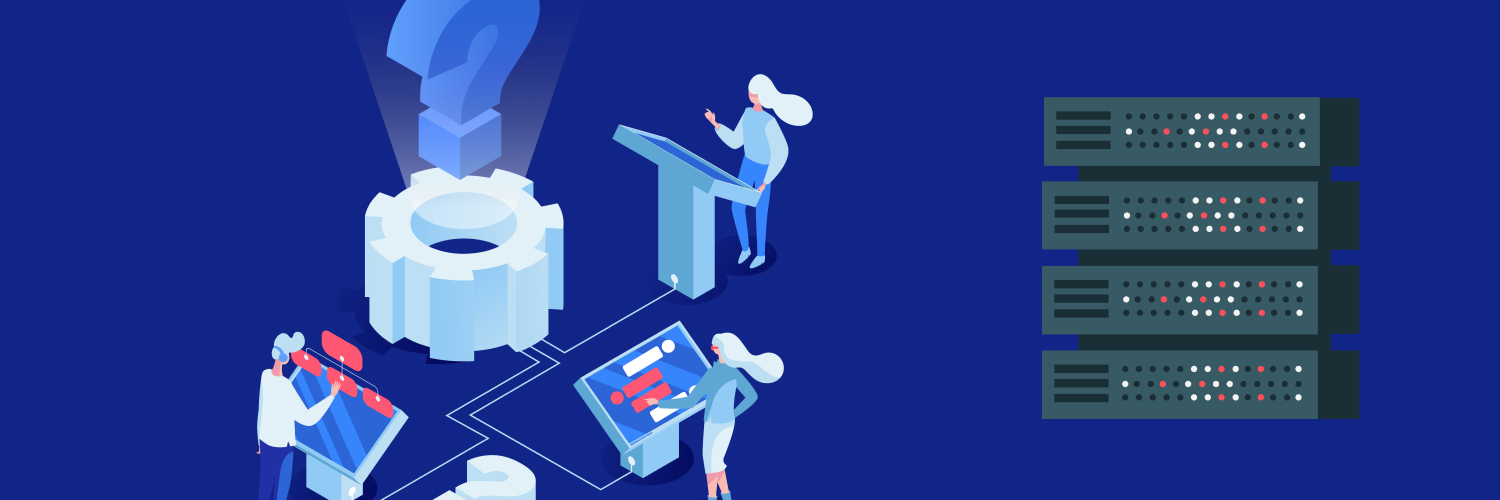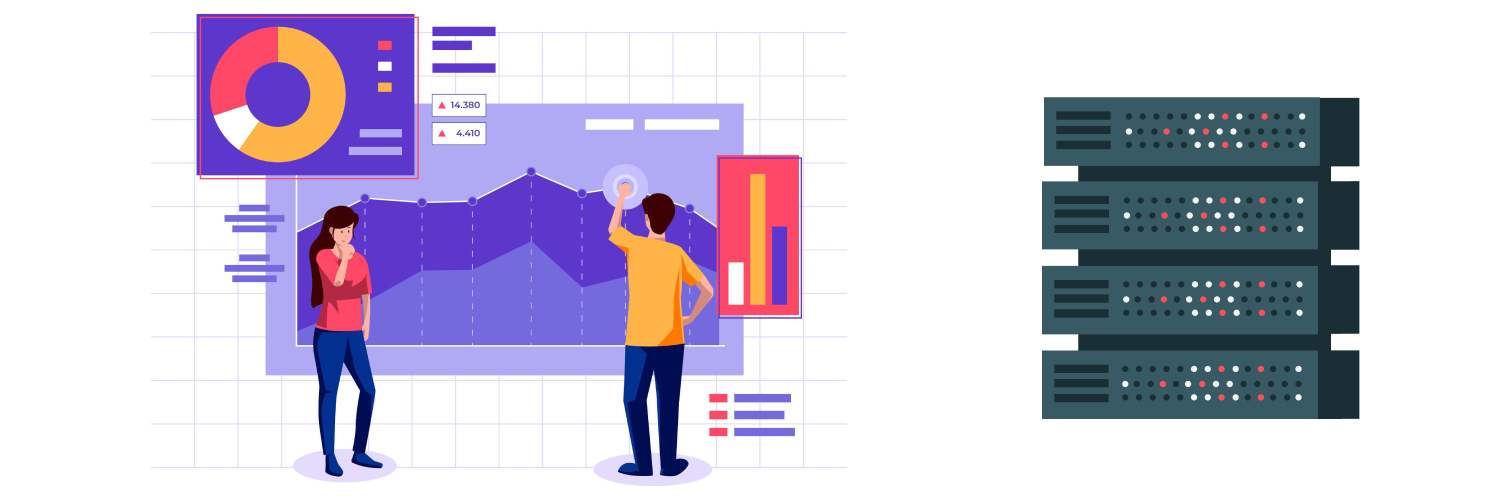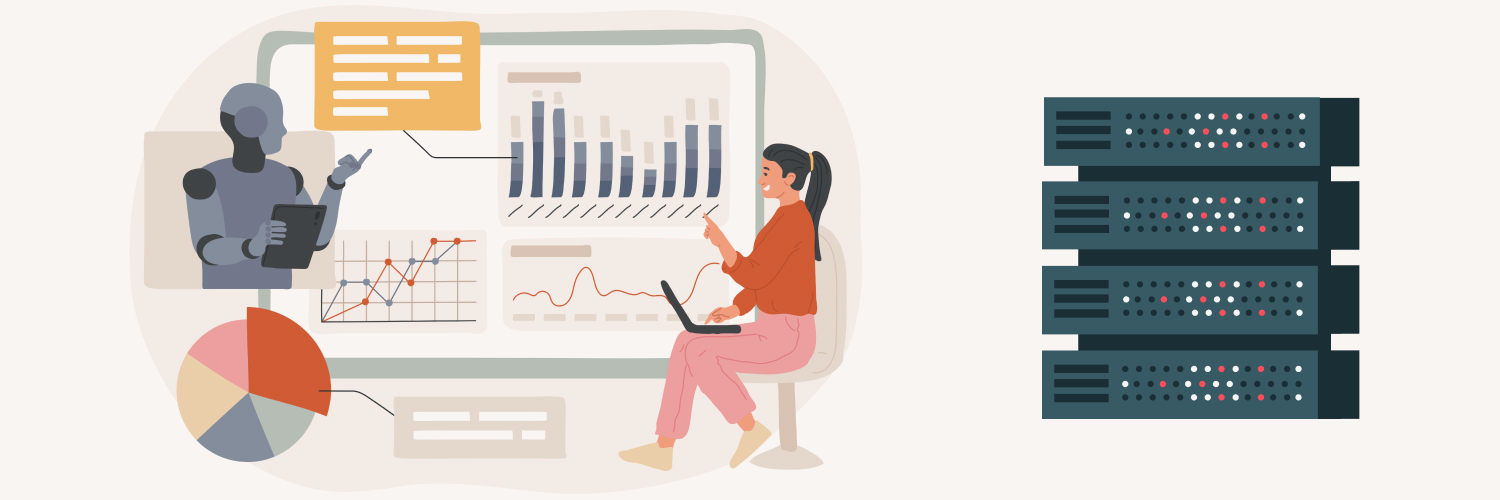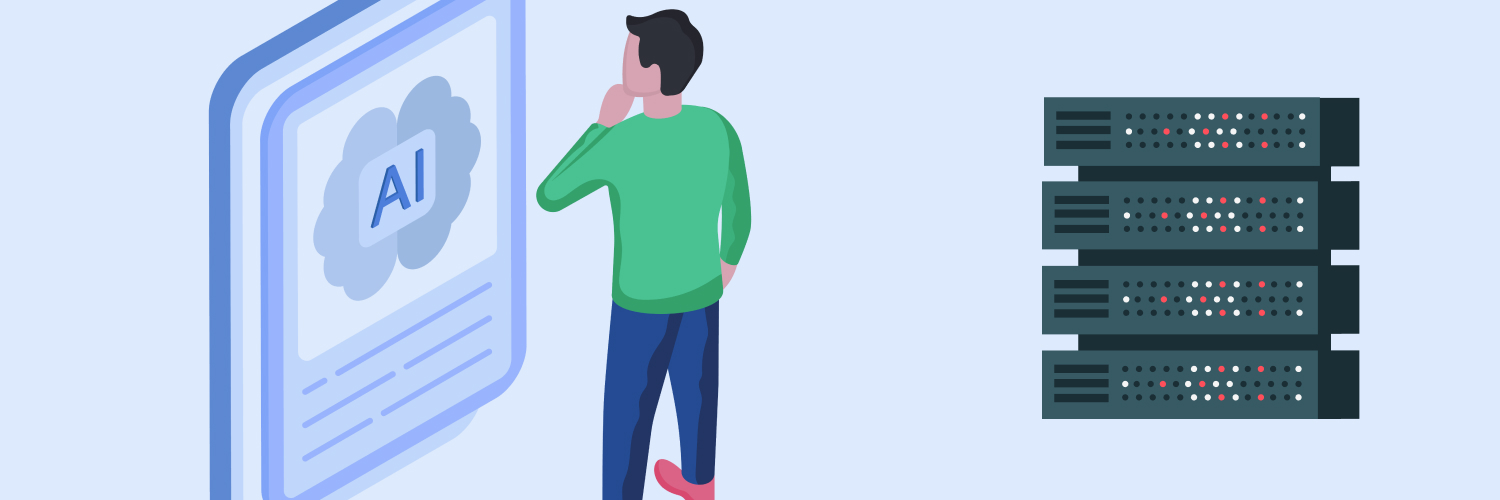What is An Organized Collection of Data? And Why It Matters
Imagine what it would take to collect personal information from every user who came across your website without using a proxy. That’s why it’s crucial to have an organized collection of data. But what is an organized collection of data?
This level of manual data collection would be a full-time job by itself. Manual data collection is tedious. t would also impair your company’s ability to make decisions based on real-time data because it requires manual organization and analysis. Avoiding proxy use could seriously hinder your company’s ability to stay ahead of the competition. In fact, you might simply struggle just to keep up.
But it’s not enough to simply collect data from your users. You need a way to understand that data as it’s being collected. Organizing digital data collection allows your company to assess information in real-time, remain flexible, and adapt to changes in the information you’re receiving.
If you’ve found yourself wondering: “What is an organized collection of data?” or “How do you engage in both digital data collection and data organization in a fluid and ethical manner?” we’re here to answer your questions.
What Type of Information Does Digital Data Collection Gather?

Depending on the type of technology you use, you can gather a large amount of information online, including both customer and competitor data.
Answering the question “What is an organized collection of data?” hinges on first understanding what data your company may need to collect. One of the most common forms of digital data collection is proxy use. Some of the information proxies can collect includes:
- Pricing information from competitor websites
- Search engine monitoring to determine the best keywords to use and which websites are ranking highest for top keywords
- Malicious activity, such as websites that attempt to use your brand information without your permission
- Personal and demographic information on which customers are visiting your website
- Information about the number of times certain users have visited your websites and which pages they’ve visited
- Ad verification to ensure that ads are running the way they’re supposed to
- News stories relevant to your industry
- Stock information on your business and your competitors’ businesses
In fact, there’s such a breadth of information that can be collected online that it would be impossible to list all possible applications of digital data collection. One reason an organized collection of data matters is that without organization, you run the risk of there being too much information for your team members to sift through and appropriately use.
Why Is Digital Data Collection Used?

When you’re trying to answer the question, “What is an organized collection of data?” you first need to understand the large amount of data you may be working with. There is a plethora of information available online — more than any person, or team of people, could properly keep up with. Digital data collection is the only way brands can stay abreast of what’s happening in an ever-shifting digital landscape.
Research shows that first-party data collection is vital for companies hoping to stay ahead and is even more important today than third-party data collection.
Data collection for time management
Whether you’re trying to compare your products to your competitors or you’re interested in the audience demographic visiting your website, collecting data by hand is time-consuming. The amount of time it takes just to document information is a fraction of the time that goes into analyzing that data and deciding how to use it to improve your business.
Digital data collection through the use of web scraping or proxies saves companies time and allows them to access a larger sample size. Brands that have a system in place for digital data collection spend less time hunting down data, which means that their team members can instead spend that time brainstorming creative marketing ideas, creating better products, and improving the overall customer experience.
Data collection for quality improvement
In addition to saving your company time, collecting data online can improve the quality of your products and services. For example, collecting information about competitor pricing can help you determine the right price point for your products and/or services.
But data collection for quality improvement goes well beyond staying ahead of your competition. Collecting personal data allows you to provide your customers with a more personalized online shopping experience.
This capability is essential because research shows that 71% of customers expect brands to be able to deliver a personalized shopping experience. If your company is not in the habit of collecting customer data and using that data to improve their experience on a personal level, you are doing your customers a disservice.
If customers feel they’re not getting a personalized, authentic experience, they’re likely to jump ship — and go to one of your competitors. However, with an organized collection of data, you’ll have the information you need to provide those personalized experiences that entice and excite your customers.
What Are Some Data Collection Best Practices?

With no limit to the amount of data ripe for picking, companies may be tempted to employ data collection techniques willy-nilly. This is when knowing the answer to the question “What is an organized collection of data?” really matters to your team. Without a plan to use that information, data collection techniques can culminate in an insurmountable dump of information.
Meanwhile, companies that don’t ground their data collection in ethics risk alienating their customers and potentially setting themselves up for a lawsuit. That’s why data collection best practices are buoyed by two tenants: you should always collect data ethically, and you should only collect data that you plan to use meaningfully.
Ethics of data collection
Certain laws regulate what data can be collected, how that data can be stored, and whether that data can be shared. For example, HIPAA (Health Insurance Portability and Accountability Act) protects sensitive health related information and penalizes companies that don’t follow those protections. Just a few of the many other laws that regulate how data is collected and used include:
- FERPA (Family Educational Rights and Privacy Act)
- GDPR (General Data Protection Regulation)
- FCRA (Fair Credit Reporting Act)
- FTCA (Federal Trades Commissions Act)
- COPPA (Children’s Online Privacy Protection Act)
- ECPA (Electronic Communications Privacy Act)
- VPPA (Video Privacy Protection Act)
If your company isn’t following ethical data collection best practices, the consequences can be dire. Above and beyond any legal ramifications, shady data collection practices can also sour your brand in the minds of your customers. If your customers can’t trust you with their information or aren’t sure how that information is being used, they may choose to take their business elsewhere.
The first step to ensuring ethical data collection is to brush up on the laws governing information collection and use online. If necessary, consult a lawyer to ensure you’re following all applicable laws in your area.
The next step is to communicate clearly with your customers. Transparency lies at the heart of ethical data collection. Be clear with your customers about what data you’re collecting and how you plan to use that data. One way to do this is by creating a pop-up that allows customers to opt in or out of data collection. Another option is to include information about data collection in your Terms of Service.
Data collection use
The second major tenant of data collection is that you should only collect data that you plan to use meaningfully. This means limiting the data you collect and focusing your resources on the most important data to support your brand’s goals.
Use SMART (Specific, Measurable, Achievable, Realistic, and Time-Bound) goals to help direct your business. Then, collect data in service of those SMART goals.
Having a goal in mind not only tells you which data you should collect but also informs you how that data needs to be used once you have it.
For example, say that your business has set the SMART goal of creating a brand that your customers equate with affordability. Your goal might be to have 85% of customers associate the word “affordable” with your brand by a specific date.
Once you know what your KPIs (key performance indicators) are, you can begin collecting information in service of those KPIs. For example, if affordability is your goal, it would be beneficial to collect information on competitor prices. Specifically, you would want to collect that data to set your prices lower than your competitors.
You might also need to collect information on your customers’ thoughts about your brand. In this case, you might create a landing page with a poll. But you might also use some data collection to find which customers are searching for affordable products and which web pages you need to compete with to drive organic traffic to your website instead of your competitor’s websites.
How Do You Organize Digital Data Collection?

Once you’ve set your SMART goals, you’re ready to begin collecting data and organizing that information as it comes in. Our step-by-step guide will help you organize data collection, starting by planning which data collection strategies you will use, moving through the collection phase, and culminating in organized data sets that you can use to guide your decisions in real-time.
And, of course, what is an organized collection of data without strong proxies? Proxies allow you to collect information anonymously using a different IP address when scraping data. As you move through the planning, collection, and organization processes to help you answer the question, “What is an organized collection of data?” remember that using improves the accuracy of advanced data analytics.
Data collection planning
The first step to organizing digital data collection is to decide what data you will collect and which tools you will use to collect that data.
Go back to your SMART goals. Brainstorm the information that would help you measure and achieve those goals. Then, do research into proxies and scraping tools that could help you collect that information more efficiently than you could do it otherwise.
The planning phase in digital data collection is often the longest phase as it takes the most research on your part. You may need to look into how other businesses have collected similar data in the past or work with a data collection specialist to develop first-party collection tools that do what you need them to do.
If you’ve been wondering, “What is an organized collection of data?” this is it.
Along with planning how you will collect data, you should also consider how that data will be stored and how often you will follow up on the data collection.
For example, if you’re paying attention to stock trends, you may need to follow up on that information daily. But if you’re trying to collect data on the most popular times people are on your website, you may only need to look at that information once a week or even once a month.
Data collection begins
Once you’ve planned what data you’re going to collect and how that data will be used, the next step is to start collecting the data. This means integrating the tools you will be using into your database. It also means paying for any third-party tools you need to use to collect data from outside your website.
As you begin collecting data, it’s important to use that information. The last thing you want is to invest time and resources into data collection only to have that information sit in a database somewhere, never to be seen again. Put data analysis into your calendar — especially when you first start a new data collection routine — so that you remember to look at your data and use it in service of the SMART goals you outlined.
As data starts coming in, you may need to re-evaluate your parameters for collecting it. If you’re getting too much information, for example, you may need to be a little more specific about the data you’re collecting so that the information you have coming in is manageable. Or, you may need to employ better-automated organization tools to handle the information as it is collected.
Data organization strategies
A database is a collection of data that has been organized logically so that your team can use the information in the future. For data collection strategies to work, you also have to have a strong database in place.
One way to do this is to use a database management system (DBMS). This software does more than just store data. It also organizes the data using a pre-determined hierarchy and helps locate the information you need through the use of queries.
For example, if you wanted information on bounce rates, you would collect that information with a proxy. The proxy would then input the information into a database. When you were ready to use the information, you could input a query into your DBMS, and the DBMS would return a table or chart outlining bounce rates based on the parameters you input.
The most common type of database management system is known as a relational database management system (RDBMS). This model organizes data into rows and columns and is considered the most user-friendly database system. Examples of the most common RDBMS include:
- Oracle
- MySQL
- Microsoft SQL Server
- SQLite
- MariaDB
- PostgreSQL
Regardless of the data management system you use, you should further organize your data by separating it into folders. Not only do folders make it easier to find the information you need at the moment, but they also make it easier to create reports about historical data. These reports can help you with year-over-year assessments, which empower you to make long-term decisions about your business, including how to scale your business in the future.
You should also have a consistent naming convention for all of your files. If more than one team member will be using your database, ensure that everyone is on the same page about how folders and naming conventions will be used.
Consistently naming files — for example, by information type and date — makes it easy to find that information in the future. If you need to create a chart showing how data has changed over time for decision-makers in your company, having a consistent file system and naming convention means half your work is done for you. In this way, staying organized as you collect and save your data improves your efficiency down the line.
What Are Some of the Best Data Collection Services?

Data collection is not one size fits all.
What is an organized collection of data? An organized collection of data can include information from a myriad of sources, including digitally and manually collected data. Proxies are one of the main services you can use to collect data, as they allow your brand to stay anonymous and collect the most valuable insights.
Data that you save in your database may include:
- Third-party data collection cookies and proxies
- First-party data collection cookies and proxies
- Social media analytics
- Online and in-person traffic reports
- Sales charts
- Competition analysis services
- Surveys, polls, and quizzes to get a beat on public opinions
With so many options for data collection, there’s no single best service for it. The right data collection for your company will depend, on the type of data you’re collecting, your data collection method, and the integrations available between your chosen data collection method and your company’s database management system.
Test Your Knowledge on Collecting Data

Interested in knowing how well you kept up with this article? Take this quick quiz to test your knowledge on digital data collection and organization.
Q. Which is more important today: First-party data collection or third-party data collection?
First-party data collection
Q. 71% of customers expect what quality when shopping, which can be aided by collecting personal data from customers with first-party proxies?
A personalized shopping experience
Q. What are the two tenants of data collection best practices?
You should collect data ethically and you should only collect data that you plan to use.
Q. What are some laws that govern how data can be collected and used?
- HIPPA (Health Insurance Portability and Accountability Act)
- FERPA (Family Educational Rights and Privacy Act)
- GDPR (General Data Protection Regulation)
- FCRA (Fair Credit Reporting Act)
- FTCA (Federal Trades Commissions Act)
- COPPA (Children’s Online Privacy Protection Act)
- ECPA (Electronic Communications Privacy Act)
- VPPA (Video Privacy Protection Act)
Q. What does RDBMS stand for?
Relational database management system — the most common database management system, which organizes information into rows and columns.
Q. When asking yourself, “What is an organized collection of data?”, what tool will help save time from manually collecting data?
Proxies.
Data Collection Planning for Your Business
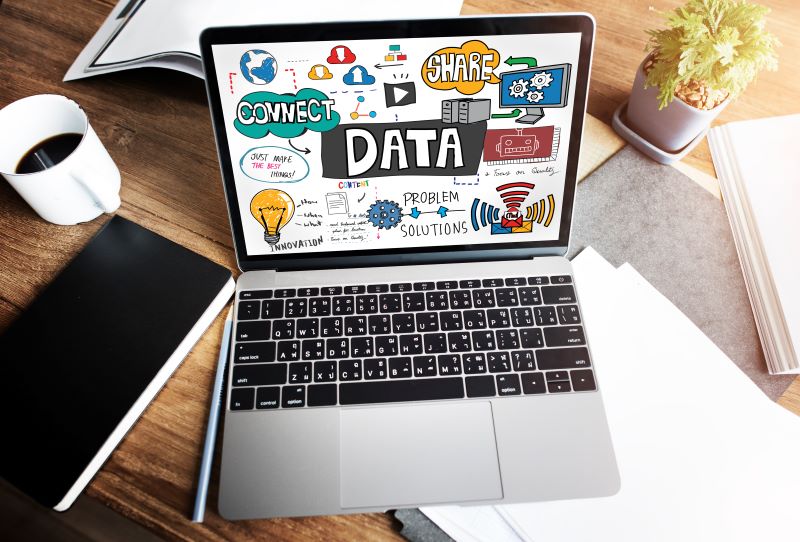
Digital data collection is key to staying ahead in a competitive world. But it’s not enough to integrate proxies into your websites and hope for the best. You need a system for collecting, storing, and analyzing data legally and ethically.
So what is an organized collection of data? An organized collection of data is the product of ethical proxy use following this type of system. Organizing your data as it comes in empowers you to use information in real-time, adjust your business plan, and stay on top of the customer experience at every point of interaction.
To do this, start by creating SMART goals to determine which data you will collect. Then, support those goals with data collection, taking care to follow ethical data collection best practices. Finally, record and analyze the data as it comes in so that your team can respond in real-time.
The information contained within this article, including information posted by official staff, guest-submitted material, message board postings, or other third-party material is presented solely for the purposes of education and furtherance of the knowledge of the reader. All trademarks used in this publication are hereby acknowledged as the property of their respective owners.

